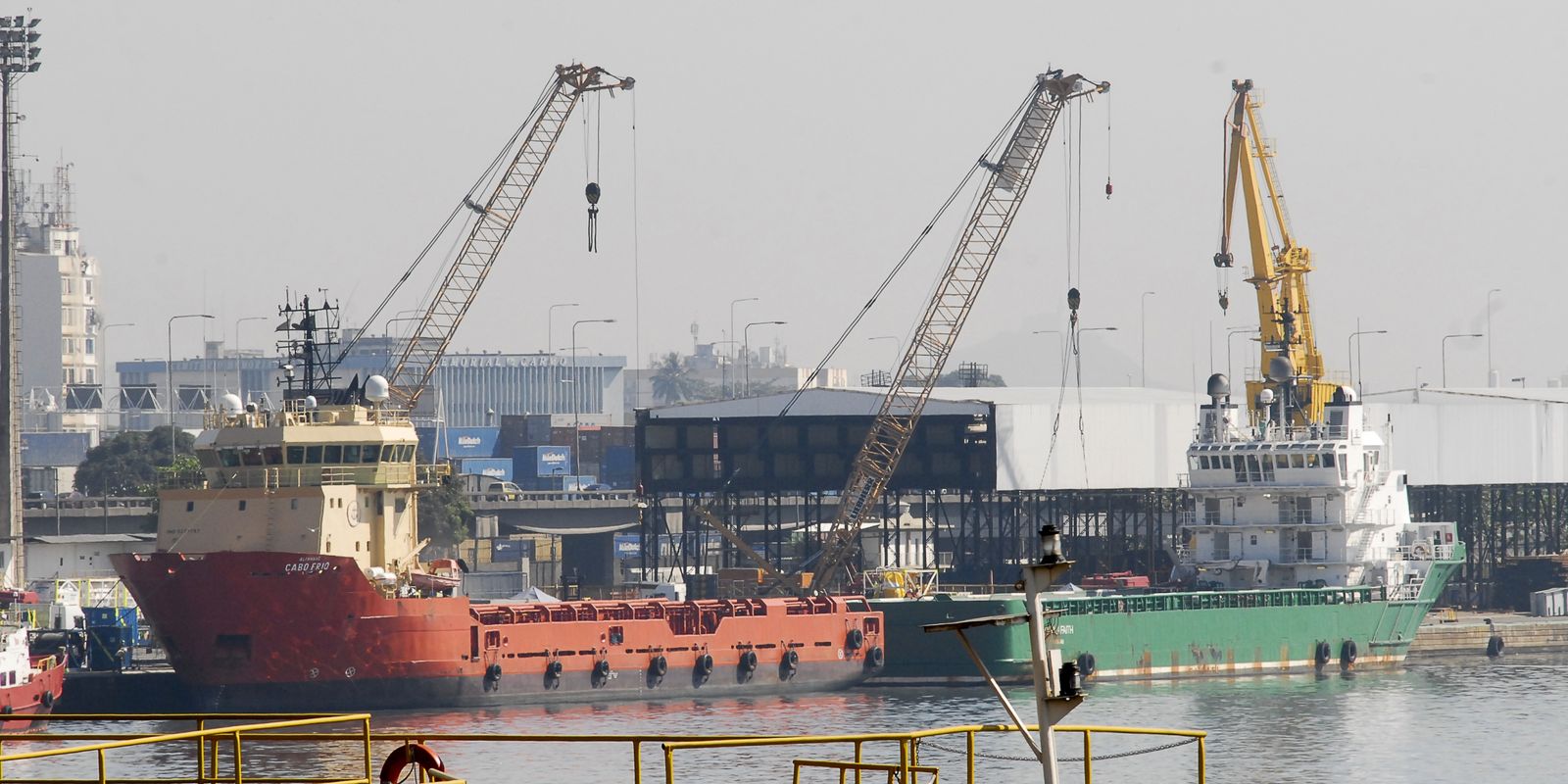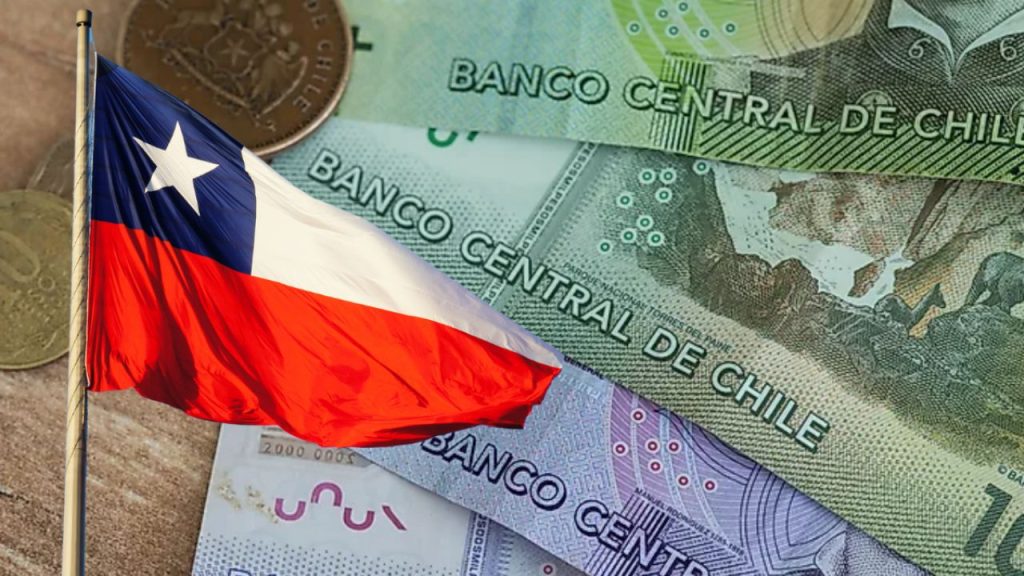The increase in imports and the drop in exports made the trade balance surplus fall in January. In the first month of the year, the country exported US $ 2.164 billion more than it imported, according to the Ministry of Development, Industry, Commerce and Services (MDIC).
The result is the lowest for months of January since 2022, when the trade balance had recorded a deficit of $ 59.1 million. Compared to January 2024, the surplus fell 65.1%.
In January, the country exported US $ 25.18 billion, a 5.7% drop from the same month last year and the second best January in the historical series, only losing to 2024. Imports totaled US $ 23.016 billion , up 12.2% in the same comparison and reaching record volume for the month.
On the export side, the reduction in the international price of soy, corn, iron, oil and sugar were the main factors that caused a drop in the value sold. At the same time, the off -season of corn and soy worsened the situation. Sales of some products, such as coffee and pulp, rose last month, offsetting the price decrease of other products.
On the imports side, the acquisitions of engines, machines, organic compounds, vehicle components, fertilizers and chemical fertilizers rose. The highest rise occurred with machines and engines, whose purchased value increased 56.7% in January compared to January last year.
Last month, the volume of exported goods fell 0.9%, pulled by the off -season of various products and the reduction of the price of iron ore because of the oscillation of demand in China. Prices fell 5.2% on average compared to the same month last year. In imports, the amount purchased rose 19.5%, but average prices retreated 6.1%, indicating the increase in external purchases resulting from the recovery of the economy.
Sectors
In the agricultural sector, the drop in quantity weighed more in reducing exports. The volume of shipped goods fell 6.7% in January compared to the same month of 2024, while the average price fell 4%. In the transformation industry, the amount fell 2.7%, with the average price rising 2.5%, reflecting the economic crisis in Argentina, the largest buyer of industrialized goods in Brazil. In the extractive industry, which encompasses the export of ore and oil, the amount exported rose 6.1%, while average prices retreated 18.3%.
I estimated
In January, MDIC released estimates for the trade balance of the year. The folder predicts that Brazil will have a surplus between US $ 60 billion and US $ 80 billion by 2025, with exports between US $ 320 billion and US $ 360 billion, and imports between US $ 260 billion and $ 280 billion. Traditionally, the folder released projections for the year from April, with revisions in July and October.
The Focus Bulletin, a survey of market analysts released every week by the Central Bank, projects a commercial surplus of US $ 75.7 billion this year. By 2024, the trade balance recorded a surplus of US $ 74.176 billion, with exports totaling US $ 337.046 billion and imports reaching US $ 262.869 billion, according to the data revised by MDIC.











